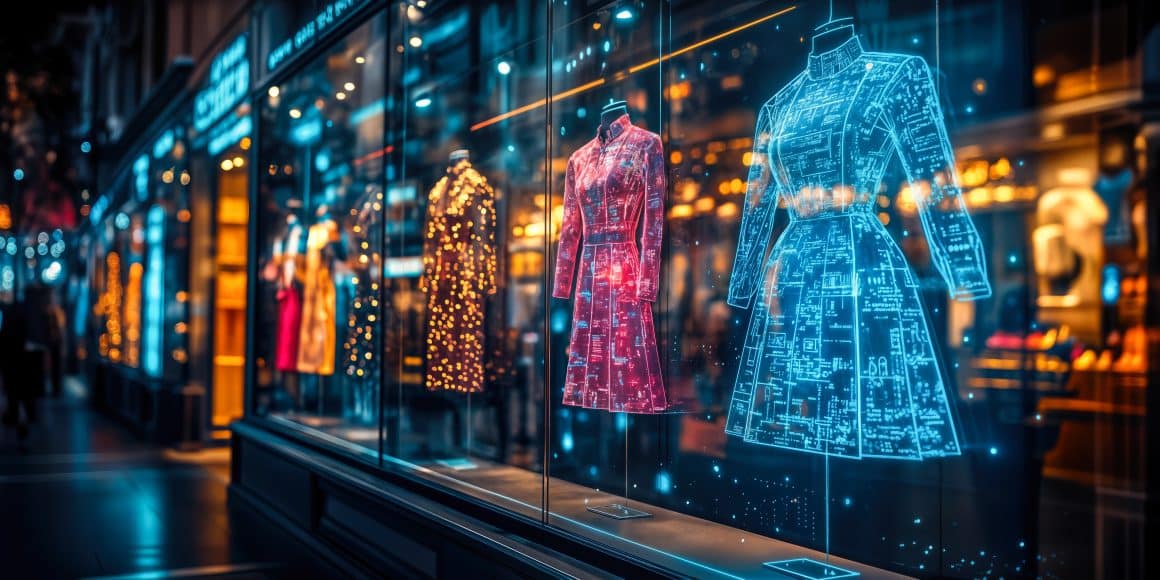Virtual and augmented reality have already made a storm in the gaming world (who could forget the explosion of augmented reality game, Pokemon Go?) The game perfectly captured a blend of real life and all the character of the imaginary creatures.
But how could we be using the metaverse to advance workplace training and learning and development? Will there be opportunities to leverage digital training solutions further than ever before?
What is the metaverse?
The metaverse is quickly becoming part of our vocabulary. But what does it actually mean?
Many are thinking about it as a specific piece of technology, when in actual fact, it’s a shift in how we interact with technology and our relationship with cyberspace.
The functionality we know and love in our modern-day cyberspace will largely be the same – connecting with one another on social media, making online purchases, streaming, and finding out interesting information.
However, the metaverse will offer more interactive ways to get involved with the online world, mainly through the use of virtual and augmented reality.
The perfect intersection of reality and virtual reality
Ernest Cline’s 2011 dystopian science-fiction novel Ready Player One was clearly on to something. The characters exist in both the real and virtual world.
It may have taken almost a decade for the rest of us to catch up, but Cline’s 2045 world is now our 2022 reality. The metaverse allows us to move seamlessly from the real world around us to a fully realized virtual reality.
How can we leverage this in workplace training?
This blend of real life and virtual environments can create unique training where learners can take a practical approach, without the consequences. For example, in industries where employees are required to operate highly technical machinery, this could be the perfect simulation solution.
An aerospace engineer can use virtual reality to simulate fixing a specific problem, without the fear of getting something wrong. They then have the ability to see the results of their work play out. If they’ve made any mistakes, they can simply try again until they get it right.
Using augmented reality, you can add new dimensions of information to your training, allowing players to blend their reality with your digital enhancements.
Take your onboarding process as an example. You may be showing a new starter around your site. At various touchpoints or key areas, you may want to include digital additions they can view on their mobile or tablet. You may even decide to turn it into a game. First-day-at-work scavenger hunt anyone?
In all seriousness, this immersive, interactive approach is an innovative, practical way of teaching and learning. Why not combine the elements of everyone’s favorite gaming technology with your all-important workplace training?
Giving the internet the human edge
Humans crave human connection. Before the pandemic, PsychCentral reported that 3 in 5 Americans felt lonely. This number has only gotten more dramatic after the pandemic1. This is largely due to extended periods of isolation, with some people not seeing their friends, family, or support network in the flesh for months at a time.
One of the main appeals of the metaverse is the ability to connect with one another through the use of personalized avatars. In the age of remote working and international teams, this allows everyone to stay connected and able to see faces and hear human voices.
While no online space will ever be able to fully replace the feeling of being in the same room as another human being, this is an improvement on simply sending a thumbs-up emoji.
How can we leverage this in workplace training?
Soft skills make up an enormous part of being successful in the workplace. Metaverse avatars may be the perfect way to nurture vital customer service and other people-facing skills.
Industries like hospitality, retail, and leisure may find this particularly helpful. Create different customers and different scenarios for your team to play through and see what the outcomes are. This again offers a wealth of practical experience with none of the potentially negative consequences for your organisation.
From a company culture perspective, as well as learning and development, you’ll be able to reach teams on an international scale more easily than ever. Use the expertise of people from all around the world to benefit and nurture the knowledge of people within your organisation. The world is your oyster!
Convenience is king
Almost 84% of the entire world’s population now own a smartphone2. Meaning we have access to information at almost any time (provided we have service of a reliable internet connection). It’s unlikely this will change when the metaverse gains more traction.
Virtual reality has already come leaps and bounds since its inception. For now, however, you need access to what is still quite large and specialist equipment in order to get the full VR experience.
In the future, will we see an evolution in VR technology that means everyone can access it from their own devices at home?
How can we leverage this in workplace training?
The easier and more convenient you can make it for employees to participate in engaging, meaningful training, the better. The benefits to business are undeniable.
Offering mobile-first or internet or cloud-based training that puts gaming at the center might feel like a far stretch from the presentations and seminars of days gone by, but this is the future of learning and development.
Whether you’re ready to embrace the metaverse or not, there’s no denying that it’s likely to shift the way organisations think about learning and development. The technology to enable us to design innovative, groundbreaking L&D is out there, with more to come in the future.
Don’t get left behind. Maybe it’s time to embrace everything the metaverse has to offer. How will you transform your learning and development?




